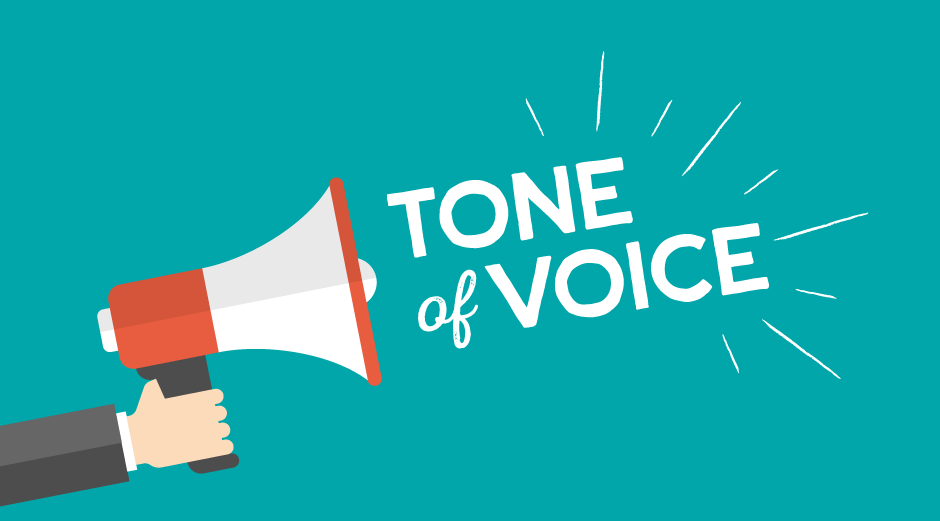We’re all familiar with the friendly, happy-go-lucky tone of brands such as Innocent smoothies. In fact, the trend even has its own name – ‘wackaging’ – and tends to divide people into love-it or hate-it camps. But whatever you think about this marketing approach, it certainly succeeds in one area: developing a distinctive voice.
If you’re hoping to create a strong presence for your brand, you’ll want to follow in Innocent’s footsteps and create a distinctive voice. Of course, it doesn’t have to be in the ‘wackaging’ style, but it does need to be consistent across the board, including blog posts, packaging, websites and more.
Essentially, your brand voice is the way in which you speak to your customers – your brand’s personality if you will. Whether it’s humble and supportive or sassy and a little bit snarky, this voice should be instantly identifiable as belonging to your brand. And if you get this element of your business right, you’re well on your way to fostering great consumer relations.
So how exactly do you figure out what your brand sounds like – and develop a cohesive voice? Well, first you need to establish what kind of relationship you want to create. Are you, for example, positioning your brand as an esteemed expert, doling out knowledgeable opinions and advice? Or do you want your customers to see you more as a helpful friend?
If you’re struggling to tie down your brand’s personality, there are some things that can help you uncover it. To begin with, defining your target audience can help to define your tone of voice. Older audiences, for instance, might prefer a more formal linguistic approach, while younger generations tend to lean towards something more relaxed such as slang. Once you know what you’re aiming for, why not try some creative writing exercises to tease out the details? You can think about how your brand would act at a party, for example, or try creating a commercial copy in a variety of different voices to see which one sticks.
Once you’ve got your brand voice, you’ll need to communicate it to everyone who works for your company – from full-time staff to freelancers and everyone in between. To do this, most companies use a ‘style guide’ – a comprehensive catalogue that allows anyone to easily tap into your chosen personality and tone. Typically, this will include a summary of how your brand voice should (and should not) sound, along with technical details on things such as grammar, capitalization, and formatting.
With this in place, it should be fairly straightforward to keep your brand voice consistent across all platforms, from your website to your social media and even how you deal with complaints. And in turn, you’ll reap the benefits of a consistent, cohesive experience that will have your customers returning time and again.

